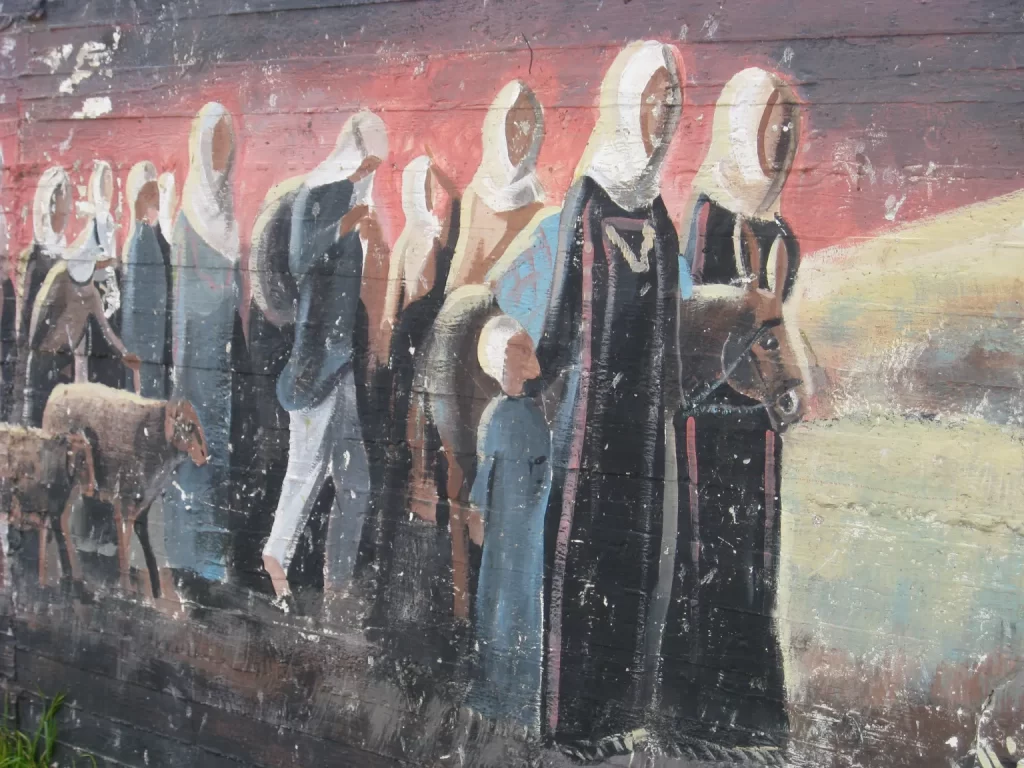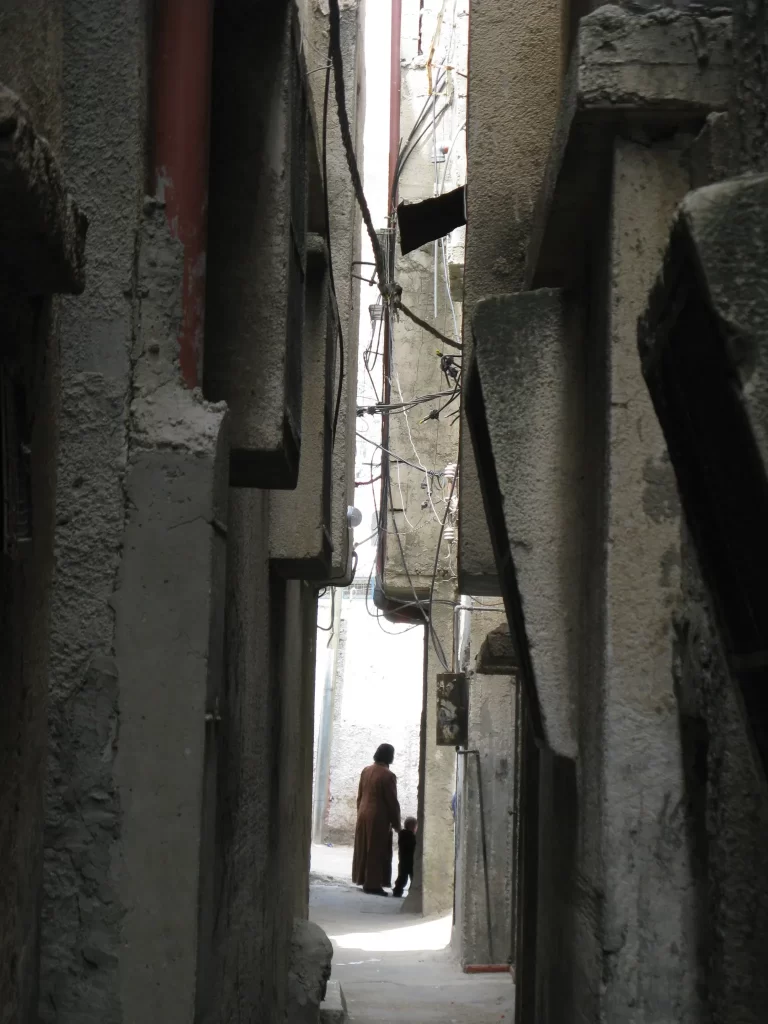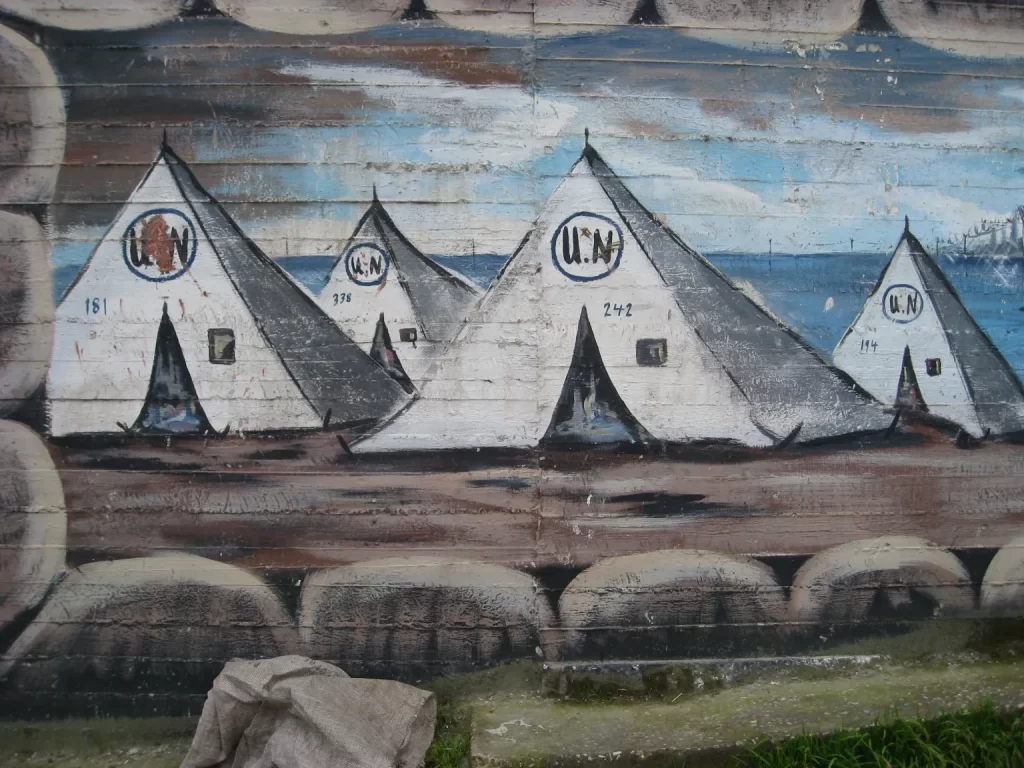
For the 25,000 living in a square kilometre, the Balata refugee camp is a place of despair and death.
“WHAT MAKES A 16-year-old boy want to kill himself?” asks Mahmoud Subuh, a refugee at Balata camp in the Palestinian West Bank. Subuh is in charge of international relations at the Yafa Cultural Centre, which is run by refugees and works to improve the lives of people in the camp through education.
Balata is notorious for the number of suicide bombers it has spawned since it was first established in 1951 as a temporary refuge for those fleeing the Israeli-Palestinian conflict. It is also one of the most densely populated places on earth.
Some 25,000 people live on 1sq km behind a walled enclosure which was originally a tented site for 5,000 displaced victims. But a solution was not found and no one got to go home.

I visited the camp, which is run by the United Nations Relief and Works Agency (UNRWA) established to carry out relief programmes for Palestinian refugees.
Conditions are grim. The population in Balata has grown 400% in 58 years. As the site could not expand, it shot up. Stark concrete towers have grown like lego block buildings, giving the camp an air of permanence which adds to the sense of hopelessness.
The biggest issue in Balata is lack of space. Between each square tower there’s a narrow passageway – the distance between two tents – that an average sized person could barely squeeze through.
Psychological problems are endemic. Symptoms include bed-wetting and depression. Talking of what it is like to live in Balata, Subuh said: “There is no feeling of humanity. No space to breathe. No moment of truth, quietness or peace. It does not exist in the home, the street, the school. People are sick of themselves. Sick of their lives.”

There’s nowhere for children to play and fights in the home spill onto the street. Facilities are desperately stretched. The school accommodates 6,000 children with class sizes of between 50 and 55 pupils. The clinic has two doctors, yet about 500 people attend every day.
Subuh reckoned 30,000 children have been born in Balata. However, no one belonged there, he said. “People do not consider Balata to be their home. They never lose their sense of origin.”
The children I saw had pale and bruised faces. Violence and tension are daily diets and the boys’ role models are terrorists. Walls are studded with faded posters of young men in military fatigues posing with AK47s, advertising mayhem.
Faded white wreaths hang over doorways of the homes of suicide bombers, some no older than 16 and described by Subuh as “martyrs”.
Balata is located on the outskirts of Nablus, a town which has known some of the fiercest fighting since the start of the Israeli-Palestinian conflict. The second intifada, which was the second Palestinian uprising under the leadership of Yasser Arafat, broke out towards the end of September 2000 and lasted until 2006. Subuh said it was a brutal time in Balata. Memories of the hardships, deaths and humiliations are sharp in the minds of the camp’s residents. “Two hundred and thirty five people were lost in this intifada alone. Everyone knows everyone so every death impacts the whole camp.”
The camp was also subjected to long-term military curfew, the longest of which lasted for 100 days. Subuh said children could not go to school and families had an allowance of under two hours a day to get supplies and conduct business. Most families in the camp experienced night raids by the Israel Defence Forces (IDF). Subuh estimated 90% of the men in the camp spent time in prison.
While security in the Nablus region has been reduced over the past three years, the threat has not disappeared and the IDF presence is strong. So while the curfew has been lifted, the town of Nablus remains locked down. A metal barrier blocks all commuter traffic. Cars and buses deposit travellers at turn-styles, where identification is scrutinised by young, tense soldiers. Connecting transport waits on the other side.
One man said a journey to Ramallah, a one-hour bus ride away from Nablus, had to be planned a week in advance. It involved waiting hours at the check-point both leaving and re-entering.
When asked what he wanted for Balata, Subuh said: “I am hoping for Balata to disappear. For that to happen Israel needs to recognise the refugees’ right to return.” This fundamental right needs political recognition and international support, he says. “Talks may take 100 years, but it needs to start. You start with a corner and start building that, even though there’s an earthquake about you.”
In the meantime and in the absence of a solution for Palestinian refugees, of whom 4.6 million are now registered in the Middle East, the United Nations Assembly has repeatedly renewed UNRWA’s mandate. It was most recently extended until 30 June 2011. For now, Balata camp’s existence is secured and its inhabitants continue to wait.
© Róisín Sorahan
Article originally published by Sunday Tribune
